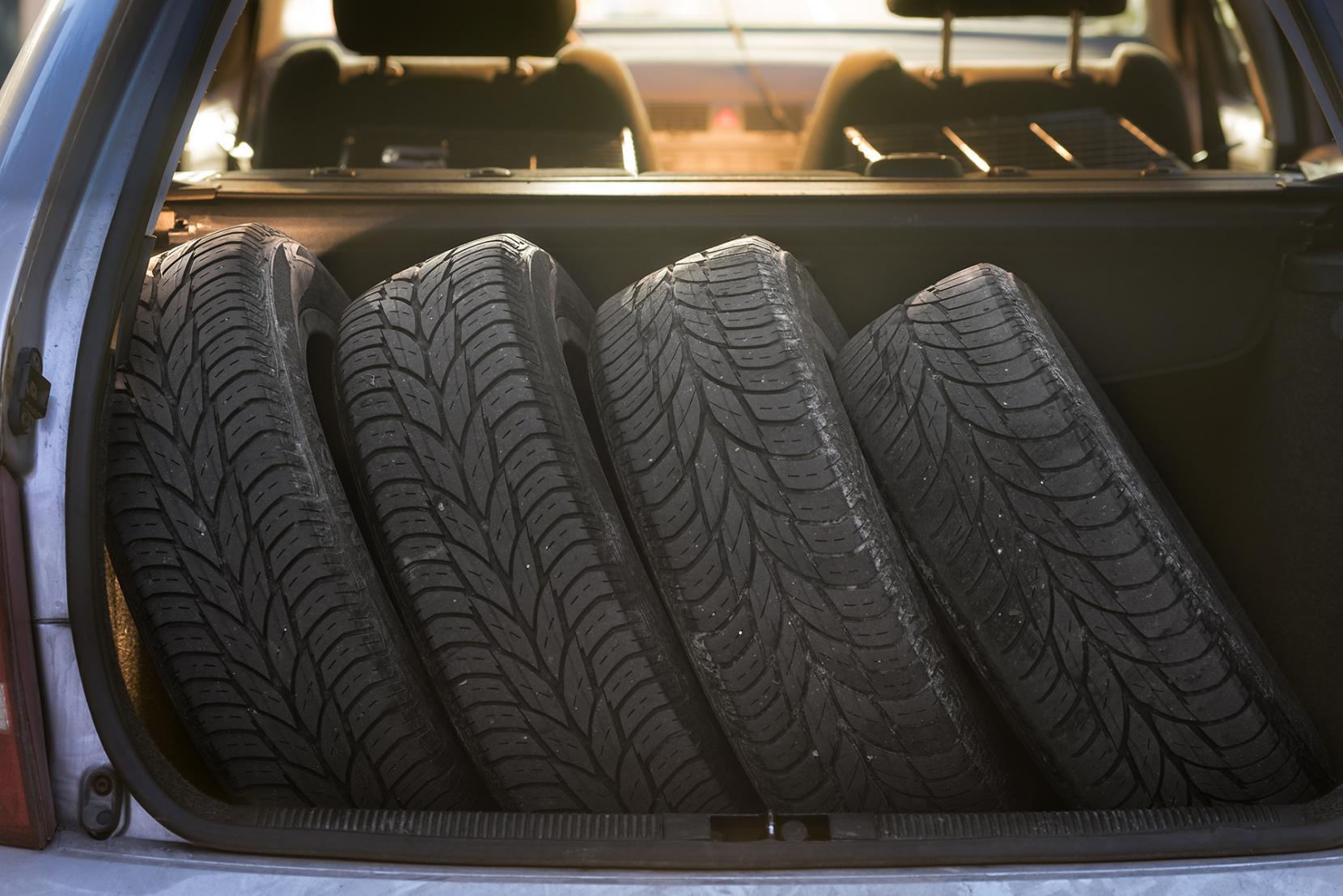Car Maintenance
Ontario License Plate Renewal: Your Complete Guide
Renew your Ontario license plate without paying the annual sticker fee. This guide simplifies the renewal steps and explains fees and eligibility for refunds. Additionally, it offers tips to avoid fines for driving with expired plates or driver's licenses.
Driving with Winter Tires In Summer: Top Reasons to Reconsider
Many people consider leaving their winter tires on during summer to save time and avoid the hassle and expenses of changing them. However, driving on winter tires during summer can have adverse effects.
In this article, we will discuss why it's not advisable to use winter tires in summer and provide some tips to make switching between winter and summer tires easier.
When Should You Put on Winter Tires & Take Them Off? (By Province)
Winter tires outperform all-weather and all-season tires when the temperature falls below 7 degrees Celsius. Deciding when to switch to winter tires depends on factors like the temperature and any rules in your province. We can help you figure out when to put on and take off your winter tires, and let you know about any provincial rules you need to follow.
What Are All-Weather Tires and Are They Good All Year? Here's What You Need to Know.
With so many all-weather tire options available, selecting the right tire for your vehicle and lifestyle can be challenging. All-weather tires provide drivers with improved grip and traction on snow, ice, and slush while delivering excellent performance in milder conditions. Unlike winter tires, all-weather tires are suitable for use in warm and cold weather, making them a popular option for drivers who prefer a single tire all year round. This article explores the differences between all-season, all-weather, and winter tires.
The Importance of Winter Tires in Canada
Those extended winter commutes in snow-covered streets and blustery highway drives to visit family in rural areas can be a white-knuckle driving experience. Driving in Canada during winter can be a scary proposition, especially if your vehicle isn't equipped with winter tires. It's terrifying – slipping around and spinning out. This is where winter/snow tires offer real peace-of-mind.
JOIN THOUSANDS OF OTHER HAPPY CANADIANS





